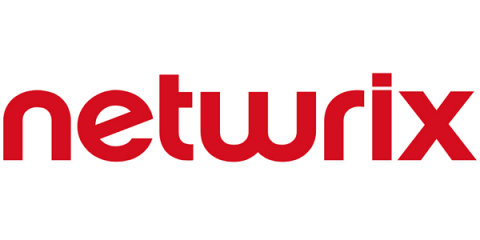Understanding the software supply chain security requirements in the cybersecurity Executive Order
President Biden’s cybersecurity executive order from last month should cause little surprise for anyone following news headlines over the past year. The order is the U.S. Federal Government’s important response to a long list of incidents, starting with the SolarWinds attack and ending with a recent ransomware attack against Colonial Pipeline —- the largest known attack against a US energy firm.











